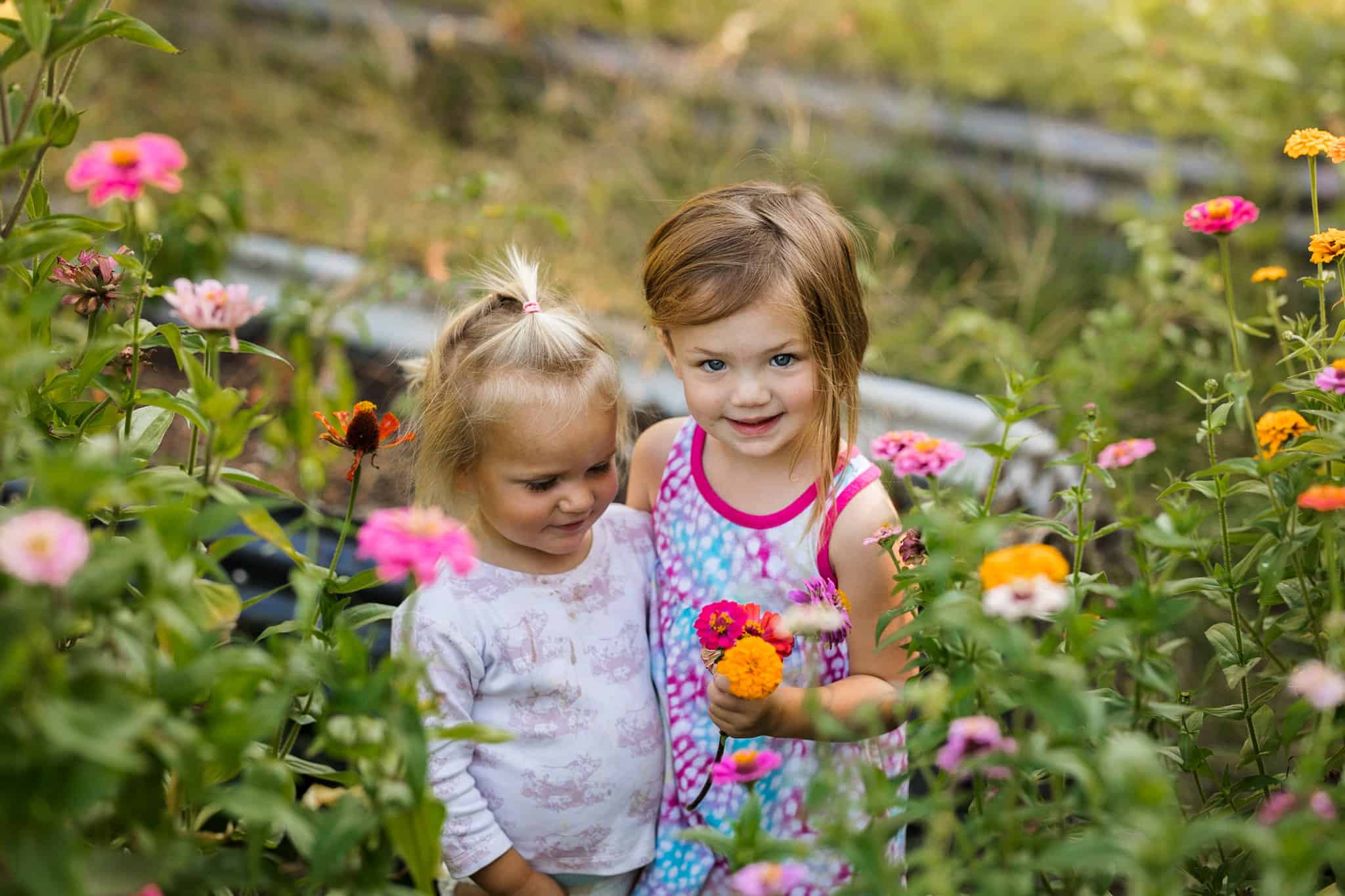A Child’s Flower garden: A World of Wonder in Bloom
Creating a flower garden with children is more than just planting seeds and watching them grow. It’s about nurturing curiosity, fostering a love for nature, and creating a space where imaginations can blossom alongside the flowers. It’s a chance to teach valuable lessons about science, responsibility, and the environment, all while having fun and making lasting memories. This guide will help you create a magical flower garden with your children, tailored to their interests and abilities.
Planning Your Floral Paradise
Before you grab your trowels and seeds, take some time to plan your garden. This is a crucial step, and involving your children in the planning process will make them feel invested from the start.

Choosing the Right Location
Sunlight is the most critical factor for a thriving flower garden. Most flowering plants need at least six hours of direct sunlight per day. Observe your yard throughout the day to identify areas that receive ample sunshine. Also, consider proximity to a water source, making watering easier, especially for little helpers.
Designing the Garden Layout
Think about the size and shape of your garden. A small, manageable space is ideal for young children. You can create a simple rectangular bed, a whimsical circular garden, or even a themed garden, like a “fairy garden” or a “pizza garden” (with herbs and edible flowers). Let your children contribute their ideas and drawings to the design process.

Selecting Flowers for Little Gardeners
Choose flowers that are easy to grow, colorful, and appealing to children. Consider these factors:
Ease of Germination: Opt for seeds with high germination rates, so children can see results quickly.
Recommended Flowers for Children’s Gardens
Here are some excellent flower choices for a children’s garden:
Sunflowers: These giants are easy to grow from seed and produce spectacular, cheerful blooms.
Preparing the Soil
Good soil is essential for healthy plant growth.
Testing the Soil
A soil test can tell you the pH and nutrient levels of your soil. You can purchase a home soil test kit or contact your local agricultural extension office for information on soil testing services.
Amending the Soil
Most garden soils benefit from the addition of compost or other organic matter. This improves drainage, aeration, and nutrient content. Let your children help mix the compost into the soil.
Planting the Seeds and Seedlings
The excitement of planting is a highlight for children.
Starting Seeds Indoors
For some flowers, like tomatoes and peppers (which, botanically, are fruits but often treated as vegetables), it’s best to start seeds indoors a few weeks before the last frost. This gives them a head start and extends the growing season. Use seed starting trays or small pots and let your children help sow the seeds.
Planting Directly in the Garden
Many flowers can be sown directly into the garden after the last frost. Follow the instructions on the seed packet for spacing and depth. Show your children how to make small holes in the soil and gently place the seeds inside.
Transplanting Seedlings
If you started seeds indoors, you’ll need to transplant the seedlings into the garden. Choose a cloudy day to minimize stress on the plants. Let your children help dig the holes and carefully place the seedlings in the ground.
Caring for Your Flower Garden
Gardening is an ongoing process that requires regular care.
Watering
Water deeply and regularly, especially during dry spells. Teach children how to check the soil moisture by sticking their finger about an inch into the ground. If it feels dry, it’s time to water.
Weeding
Weeds compete with your flowers for water and nutrients. Make weeding a family activity and teach children how to identify weeds.
Fertilizing
Fertilizing provides essential nutrients for plant growth. Use a balanced fertilizer according to the instructions on the label.
Mulching
Mulching helps retain soil moisture, suppress weeds, and regulate soil temperature. Use organic mulch, such as shredded bark or straw.
Supporting Tall Plants
Some flowers, like sunflowers and snapdragons, may need support as they grow tall. Use stakes or trellises to prevent them from falling over.
Harvesting Flowers
One of the greatest joys of a flower garden is harvesting the blooms.
Picking Flowers
Teach children how to cut flowers properly, using sharp scissors or pruning shears. Harvest flowers in the cool morning or evening for the longest vase life.
Arranging Flowers
Let your children create their own flower arrangements. They can use vases, jars, or even recycled containers.
Extending the Season
To enjoy your flowers for as long as possible, consider these tips:
Deadheading
Removing spent flowers encourages more blooms.
Succession Planting
Planting seeds or seedlings at intervals throughout the growing season ensures a continuous supply of flowers.
Fall Planting
Some flowers, like pansies and mums, can be planted in the fall for blooms in the spring.
Winterizing
Prepare your garden for winter by cleaning up debris, adding compost, and mulching.
Making it a Learning Experience
A children’s flower garden is a fantastic learning opportunity.
Plant Identification
Teach children the names of the flowers and other plants in the garden.
Observing Insects and Pollinators
Encourage children to observe the insects and pollinators that visit the flowers.
Learning about the Life Cycle of Plants
Discuss the different stages of plant growth, from seed to flower to seed.
Exploring Plant Science
Conduct simple experiments, such as testing how different amounts of sunlight or water affect plant growth.
Connecting with Nature
A children’s flower garden is a place where children can connect with nature, learn about the environment, and develop a lifelong love of gardening. It’s a place where they can get their hands dirty, explore their creativity, and watch the magic of nature unfold before their eyes. So, gather your children, grab your gardening tools, and embark on this wonderful adventure together. The rewards will be far greater than just beautiful blooms; you’ll be cultivating a love for nature and creating memories that will last a lifetime.


